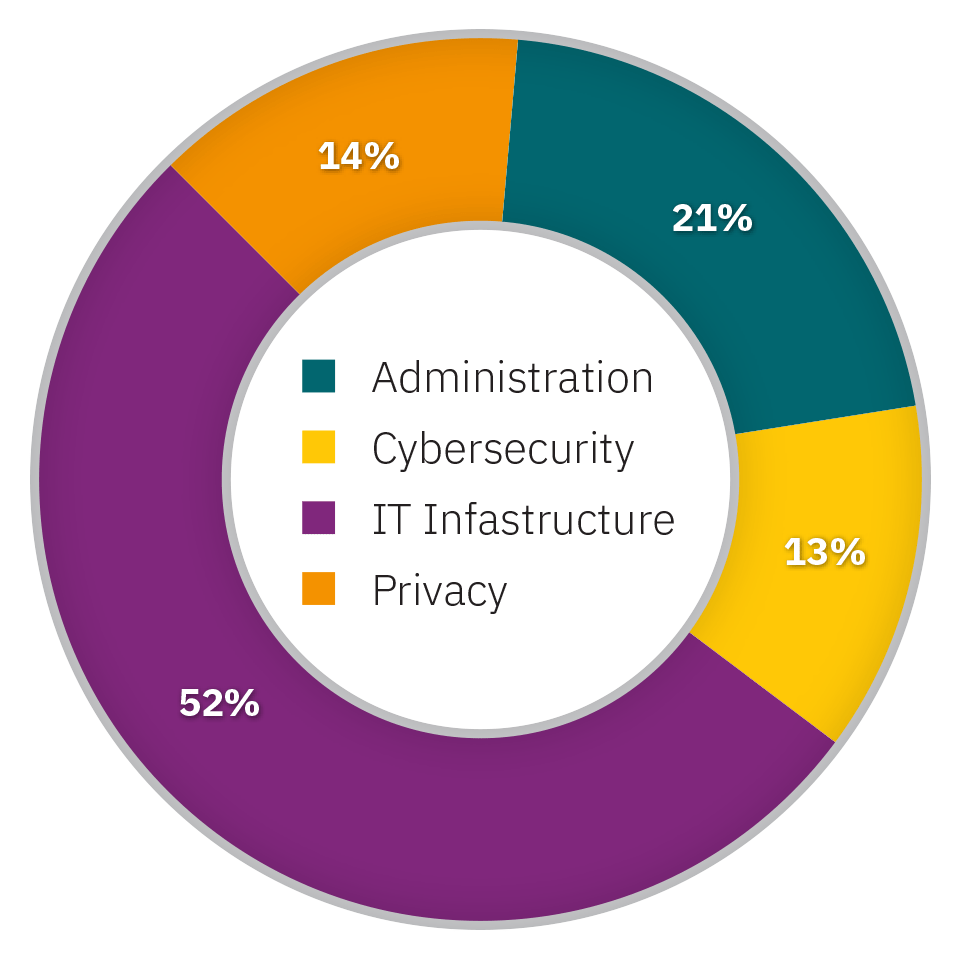Our privacy policy is located here.

The healthcare industry continues to face challenges as the cybersecurity landscape evolves following the COVID-19 pandemic. Healthcare providers are facing an increase in cyberattacks and threats, offering greater digital technology options for patients, and encountering internal staffing shortages and low budgets. As a result, healthcare organizations are seeking viable solutions to their changing cybersecurity issues.
Pondurance commissioned Xtelligent Healthcare Media to survey IT, cybersecurity, administrative, and privacy professionals in hospitals, physician practices, and ambulatory care facilities for a better understanding of the cybersecurity challenges and needs of midsize healthcare providers in 2022. Pondurance and Xtelligent reviewed the responses of 52 professionals across a variety of midsize organizations, and the research study revealed significant changes in what these healthcare professionals experienced during 2022 versus 2021.
IN THIS REPORT, WE WILL ANSWER THESE QUESTIONS AND MORE:
- What are the cybersecurity and privacy challenges that midsize healthcare providers face?
- What internal changes have healthcare organizations made to adapt to the current cyber environment?
- What challenges do midsize healthcare providers anticipate moving forward?
